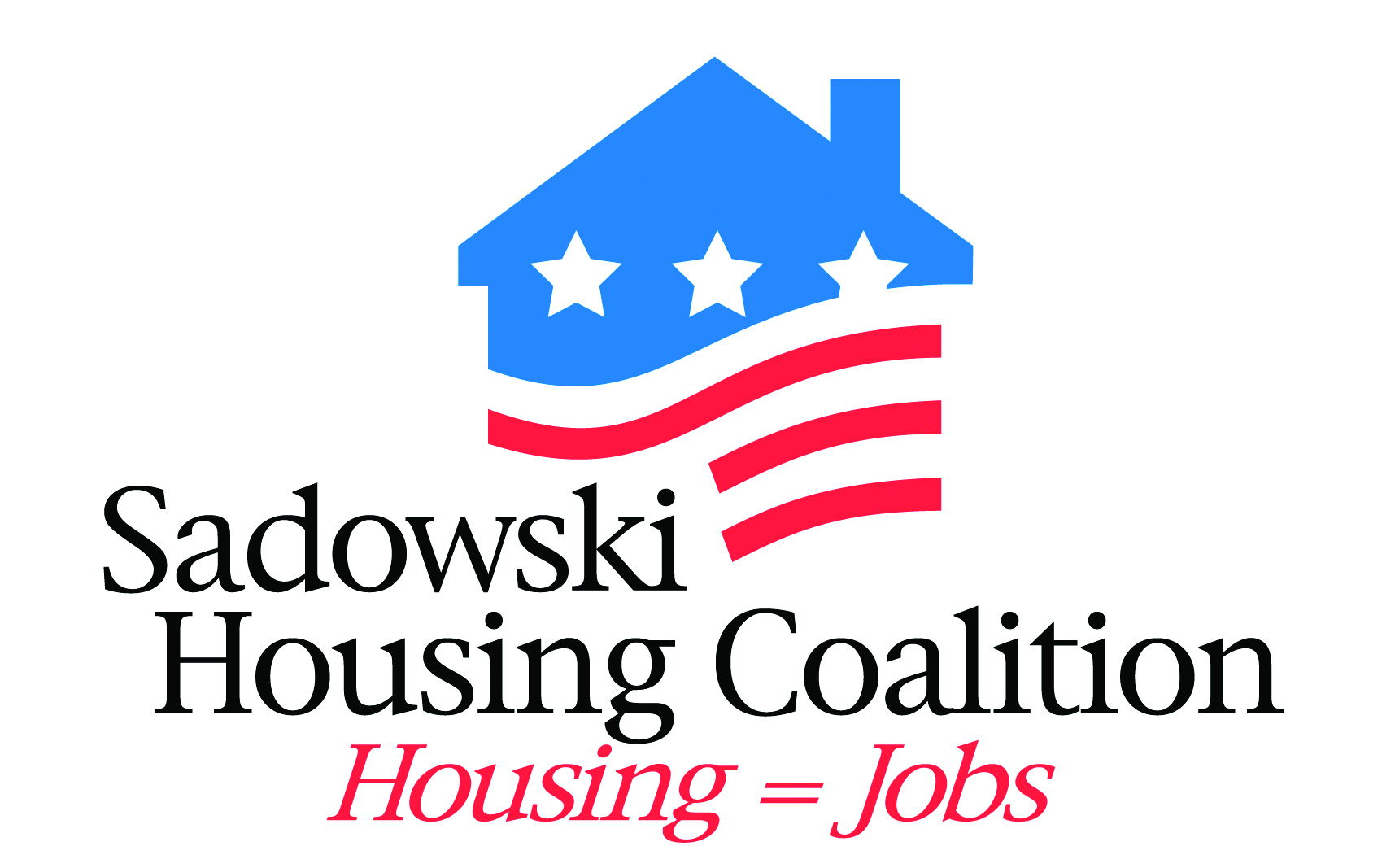We’re No. 1? Not anymore. And that’s a good thing.
The greater Orlando area is no longer ranked first in the nation for its affordable housing crisis for extremely low-income households — as the region was a year ago. But it’s still bad.
In the newest edition of “The Gap,” the annual report from the nonprofit National Low Income Housing Coalition on the lack of affordable housing, the Orlando-Sanford-Kissimmee region is tied for seventh worst place with Sacramento, Calif.
No. 1 is Las Vegas, followed by Austin, Texas; Riverside, Calif.; Phoenix; San Diego and Houston. At the other end of the spectrum, the best metropolitan area for affordable housing is Providence, R.I., followed by Pittsburgh and Boston, the report said.
“It’s good to see the gap between affordability and availability improve slightly,” said the Rev. Mary Downey, CEO and founder of the Community Hope Center, which helps struggling residents in Osceola. “But the other thing we know is that we’re still in the top 10. We still have a lot of work to do. We’re not celebrating.”
For one thing, the report is based — as always — on Census Bureau data that’s about two years old, so the situation may have improved or deteriorated since then. Further, families living in the region’s aging rent-by-the-week hotels, unable to save enough for the deposits on an apartment, are often uncounted by researchers.
“I can tell you we saw the most people [seeking aid] last year that we’ve ever seen in our organization’s history,” Downey said. “So even though the report may be coming out saying that we’re doing better, we still have families living in hotels and motels or doubled up with other families.”
Yet Downey and others noted there is reason to hope. The report comes as the Florida Legislature agreed this week to fully fund the state’s Sadowski housing trust — which provides financing to affordable housing developers. For years, lawmakers had raided the fund, which is fueled by taxes on real-estate transactions, to balance the budget and offset tax cuts.
The agreement this year means an estimated $370 million will be available for housing projects throughout the state — including at least $25.9 million for Orange, Osceola and Seminole counties.
“It’s absolutely huge,” said Jaimie Ross, president and CEO of the Florida Housing Coalition. “We are relieved to have the Sadowski program funding put to use for Florida’s lower-paid workforce, seniors and special-needs populations living on fixed incomes. In just this year, full appropriation will mean more than 30,000 jobs and more than $4.4 billion in positive economic impact.”
As The Gap report noted, for every 100 renter households in Central Florida with extremely low income — defined as $26,200 for a family of four — there were just 20 affordable housing units. That’s up from 13 affordable housing units in 2017, but not solely because there is more affordable housing.
The researchers also reported that the number of households that qualify as extremely low income dropped from nearly 70,000 in 2017 to about 58,400 in 2018 — the likely result of an improving economy and the push for higher wages for service-industry workers. In August 2018, Walt Disney World Resort and its largest union reached a four-year agreement to gradually raise the company’s starting minimum wage from $10 an hour to $15 by October 2021.
Other employers soon followed suit as the labor market tightened.
A print-ready PDF is available here.
